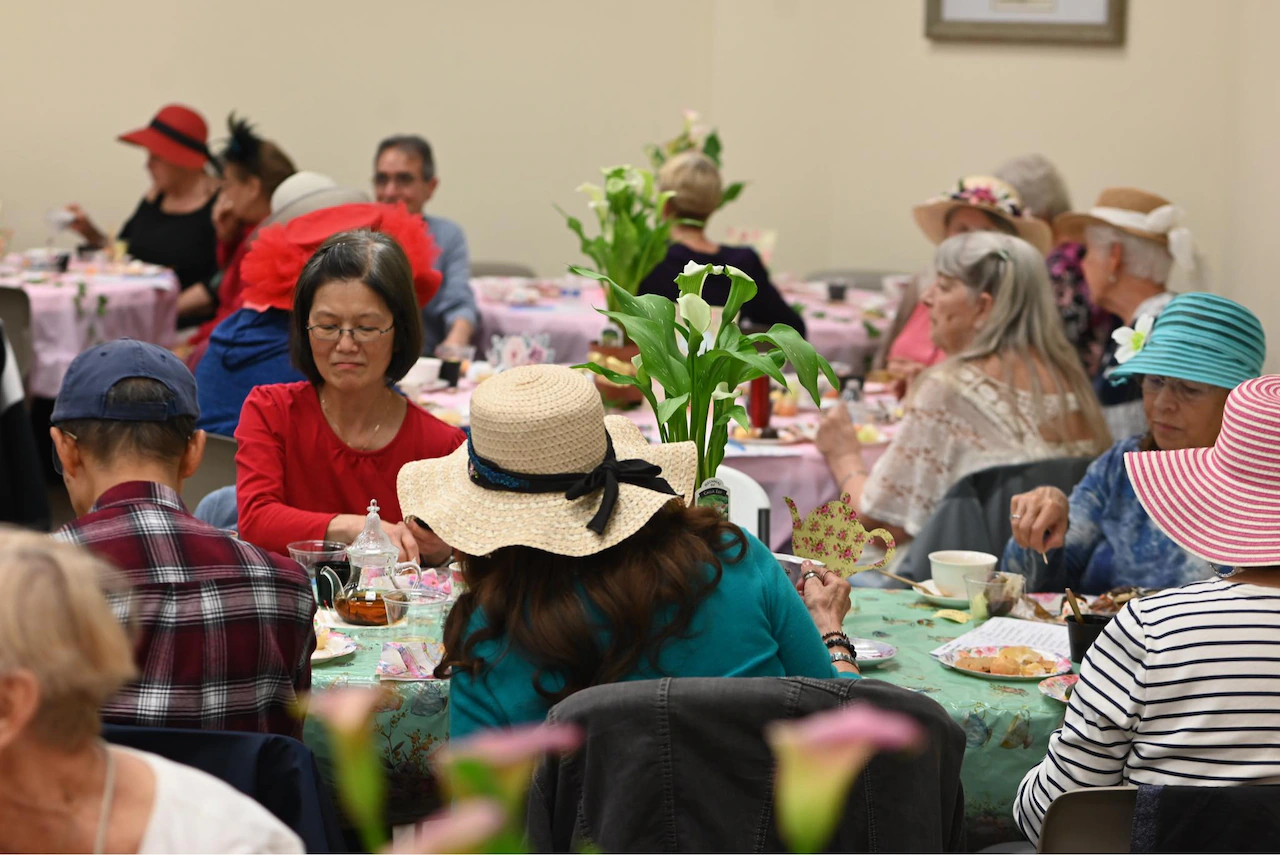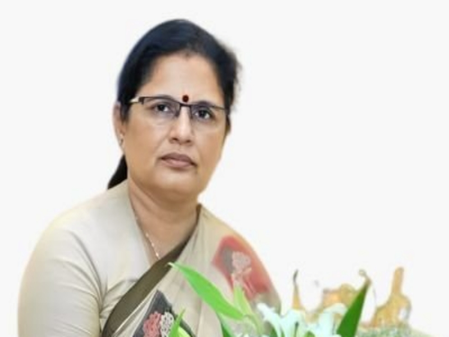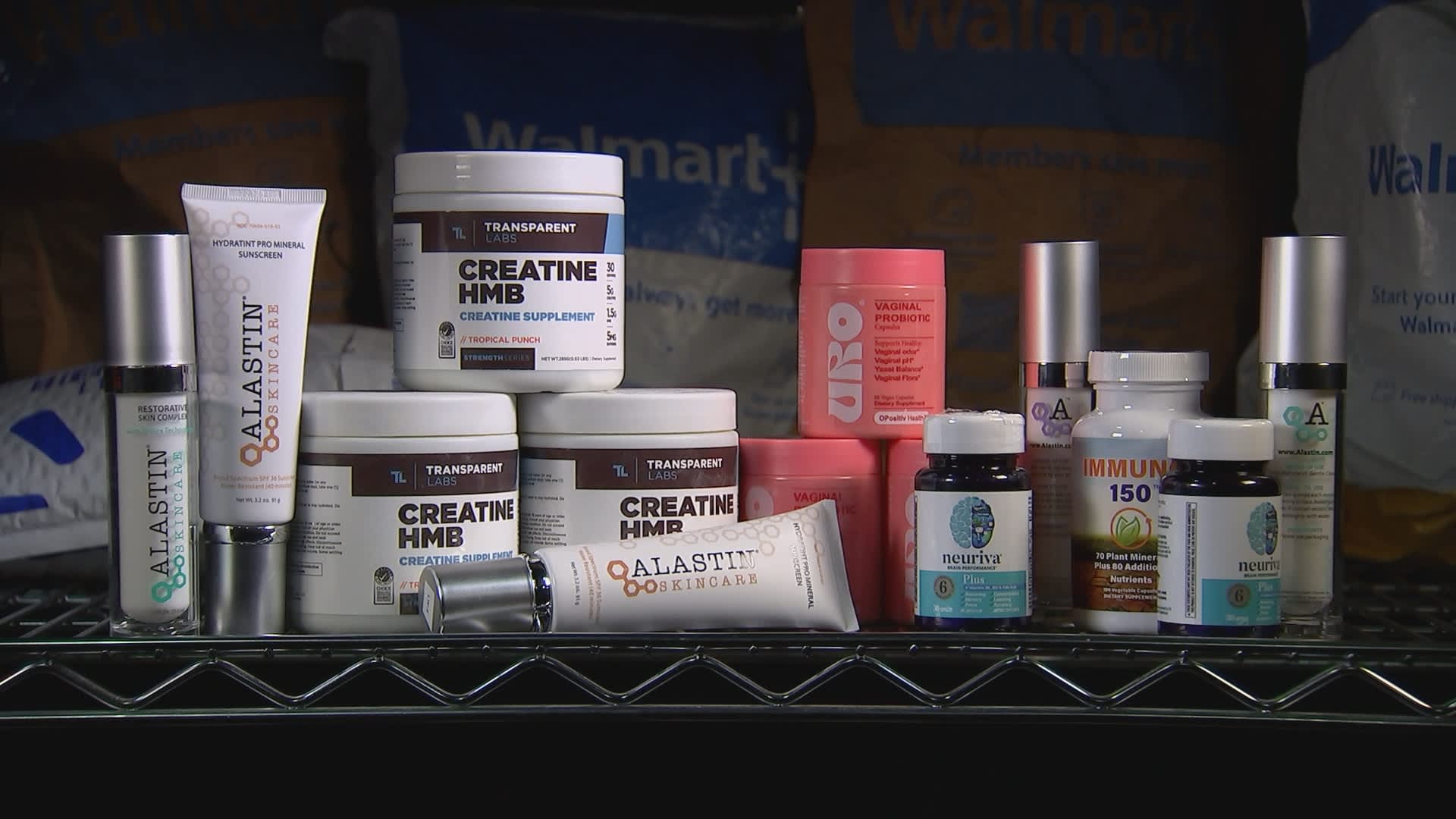
CLEVELAND, Ohio – Faced with a prolonged spike in inflation, record numbers of older adults in Cuyahoga County are flooding the county’s senior support hotline in search of help meeting their basic needs.
The Division of Senior and Adult Services (DSAS) fielded nearly 28,000 calls last year from residents over 60 needing help with essentials like food, rent, and utilities — the highest volume since its Connection Center opened in 2015.
And with more than 14,000 calls already logged in the first half of this year, the demand shows no sings of slowing.
“People are financially strained and they’re looking for resources,” Natasha Pietrocola, DSAS administrator, told cleveland.com and The Plain Dealer during a recent interview. “I’ve noticed a substantial increase in my bills, so if I’m feeling that as somebody that’s still working and able to earn a living, imagine what an older adult or disabled adult on a fixed income is feeling.”
DSAS works to connect seniors and their families to resources, but if those resources fall short or don’t reach people in time, some cases escalate into referrals to Adult Protective Services (APS) for investigation into neglect and abuse. That caseload is also rising.
APS served 2,784 clients last year, its highest caseload in a decade, records show. But again, it appears on track to set another record, with 1,674 investigations through July. If that trend continues, Pietrocola said, the agency could end the year with more than 3,000 cases.
Self-neglect and financial exploitation
Pietrocola couldn’t pinpoint a cause for the increase, other than increasing community and financial pressures. She noted cases are becoming more complex, with more seniors showing cognitive decline and no support network from family or friends.
Self-neglect remains the top category of investigation, either because of intentional choices due to a senior’s lack of resources or because of their physical or cognitive decline. In 2024, 51% of people investigated by APS lived alone, reports show.
Financial exploitation, however, has been the fastest-growing problem this year. Family members are the biggest culprits, Pietrocola said. She noted that many older adults could meet their basic expenses if the people they trusted weren’t draining their accounts. Cases have included relatives taking out credit lines in the senior’s name, switching deeds or secretly siphoning their loved one’s savings.
“They’re helping themselves to some type of asset of that loved one,” Pietrocola said.
Scams also are impacting seniors’ pocketbooks, she said, but in those cases, DSAS can often only educate the individual and help put safeguards in place to prevent it from happening again. In some situations, a guardian or attorney must be appointed to oversee the person’s finances.
Even with the increases, though, Pietrocola believes abuse and neglect remain “grossly underreported” among adults. She encouraged residents to check in on seniors and speak up if they see signs of trouble.
“If they suspect something is going on with somebody, report it,” she said. “You can anonymously report to our agency.”
Suspected abuse, neglect or exploitation can be reported by calling 216-420-6700 or through the Ohio APS Online Elder Abuse Referral Portal.
Increasing pressure
For many seniors, the financial pressures of living on a fixed income have been compounded by inflation, limited cost-of-living increases in Social Security and the lingering effects of the pandemic, which deepened social isolation and disrupted medical care.
“Now, for whatever reason, there’s more strain about just being able to afford to live,” Pietrocola said. “Older adults, many of them, thought they did the right thing; they worked their entire lives and they paid into Social Security and Medicare and they figured those would be safety nets when they grew older, but the rate of inflation is just not compatible with people who want to stay independent in the community.”
The number of older adults struggling in the community is only expected to grow following looming changes to Medicare, Medicaid and SNAP.
Currently, about 1 in 5 seniors in Cuyahoga County rely on Medicaid to help cover medical costs, according to county reports. Under new state rules, though, nearly 98,000 working-age adults who received coverage under the expansion will have to meet new work or service requirements to keep their benefits. They’ll also have to renew their benefits every six months and start paying $35 co-pays.
Of the 190,000 residents in Cuyahoga County who receive SNAP benefits, roughly 14% are seniors 65 and older, the county said. About 17,000 of them, aged 55 to 64, will also need to find work or risk losing their benefits under the new rules.
With nearly 30% of county residents projected to be over the age of 60 by 2030, Pietrocola believes the situation is reaching a tipping point and demands action.
“I just think it’s kind of a cycle that’ll just get perpetuated if there’s no resolution to some of this stuff,” she said. “We know people are living longer. It’s not like it’s some new thing that just occurred recently. We’ve had time to prepare.”
For its part, DSAS is trying to be proactive. It launched a Livable Cuyahoga campaign in 2022 as part of AARP’s age-friendly communities initiative to focus on improving eight social determinants of health. This year, the program has highlighted housing affordability, transportation and social participation – three factors seen as critical to helping older residents remain independent and connected.
The agency hosted a housing forum in May, and is scheduled to host a transportation fair Sept. 29 at the Frederick Douglass Neighborhood Resource and Recreation Center, and a “Music and Movement” social Oct. 8 at the Warrensville Heights Civic Center. They’re meant to bring older residents together for information, exercise, arts and community building, Pietrocola said – community being the most important piece.
Because amid the mounting pressures and with resources already stretched thin, Pietrocola continued, it will take everyone “leaning on each other and working with one another to make sure people don’t fall through the cracks.”



